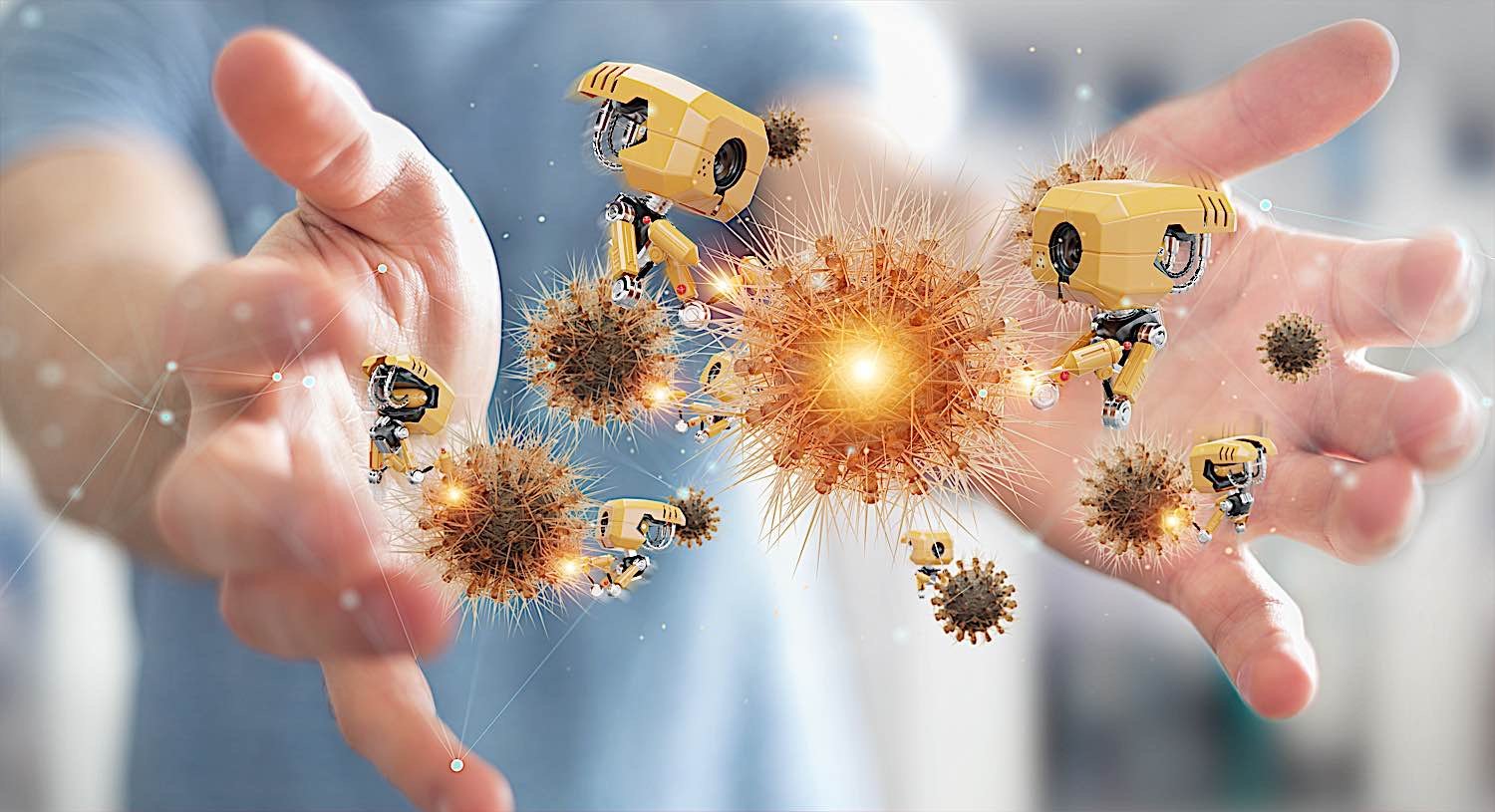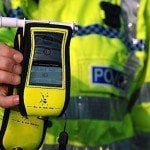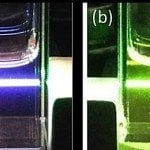A team of researchers from the University of California San Diego has developed microrobots that could help fight pneumonia. The microrobots’ surface is speckled with antibiotic-filled nanoparticles.
These microrobots are made of algae, allowing them to swim around and deliver the antibiotics directly to bacteria in the lungs, which could potentially eradicate the infection. In a recent study by a team of researchers at the University of California San Diego, the microrobots were shown to successfully eradicate the bacteria that causes pneumonia in the lungs of mice, resulting in a 100 percent survival rate. [1]
This is a potentially groundbreaking development that could help save many lives each year.
- For more articles like this, don’t miss our coverage of medical and healthcare innovations and technology.
About bacterial pneumonia
Bacterial pneumonia is a potentially fatal lung infection. It is most commonly caused by Streptococcus pneumoniae, also known as pneumococcus. Pneumonia can occur at any age but is more common in young children and older adults, with symptoms including coughing, chest pain, shortness of breath, rapid breathing, sweating, and fever.[2]

During an infection, invading bacteria can cause the lungs to fill with fluid and make it difficult to breathe. If not treated promptly, pneumonia can be fatal. The body’s response is lung inflammation, which causes many of the symptoms associated with the disease, such as coughing and difficulty breathing.
Pneumonia is one of the leading causes of death worldwide, particularly in young children and older adults. Roughly one-third of deaths from pneumonia are in children under the age of five. In 2018, there were an estimated 2.5 million deaths from pneumonia worldwide. [3]
Current treatment
Pneumonia is usually treated with antibiotics. The antibiotics are administered orally or intravenously, and the patient typically stays in the hospital for a few days while they recover. However, some strains of bacteria are becoming resistant to antibiotics, rendering traditional treatment methods less effective.
In severe cases, pneumonia can lead to respiratory failure. This worst-case scenario occurs when the lungs are unable to get enough oxygen into the blood. Patients with respiratory failure may need to be hooked up to a machine that helps them breathe (ventilator).

These methods and routes of administration are often ineffective or unavailable in developing countries, where the burden of pneumonia is highest. Victor Nizet, professor at UC San Diego School of Medicine and co-author of today’s study, explains:
“With an IV injection, sometimes only a very small fraction of antibiotics will get into the lungs. That’s why many current antibiotic treatments for pneumonia don’t work as well as needed, leading to very high mortality rates in the sickest patients.” [4]
New microbots show promise
The new microrobots developed by the team at UC San Diego could potentially provide a more effective and accessible treatment for pneumonia, particularly in developing countries. The microrobots are made of algae cells filled with special nanoparticles that contain antibiotics.
The microrobots can swim about in the lungs and deliver the antibiotics to bacteria there, which may help cure the illness. This way, the medication is administered directly to the site of infection, making it more likely to be effective. The algae’s mobility also allows it to seek out and destroy more bacteria.
These nanoparticles consist of biodegradable polymer spheres with neutrophil cell membranes. Neutrophils are a type of white blood cell that helps the body fight infection. This means that once the microrobots have delivered their payload of antibiotics, they can also help to improve the immune system’s response by absorbing problematic molecules that cause inflammation. [5]
Since inflammation is a response of the immune system, this could help to reduce some of the symptoms associated with pneumonia, such as severe coughing and shortage of breath. Inflammatory chemicals released by the immune system can also damage healthy tissue, so reducing inflammation could help to protect the lungs from further damage.
When it comes to the route of administration, the microbots are injected through the windpipe. The algae’s swimming ability allows it to reach the farthest corners of the lungs, where it can deliver its payload of antibiotics. It results in a quicker, more accurate medication delivery than other methods, such as intravenous injections. It also means less wasted medication, as the microbots can target specific areas of the lungs.
The microbots are also biodegradable and non-toxic, so they pose no risks to the patient. Once they have completed their task, they are broken down and eliminated by the body. Liangfang Zhang, a nanoengineering professor at the UC San Diego Jacobs School of Engineering and co-author of the study, explains:
“Our goal is to do targeted drug delivery into more challenging parts of the body, like the lungs. And we want to do it in a way that is safe, easy, biocompatible, and long-lasting,” said Zhang. “That is what we’ve demonstrated in this work.”
The study
The researchers conducted a study using microrobots to cure mice with a severe and sometimes fatal type of pneumonia caused by the bacterium Pseudomonas aeruginosa. [6]
In humans, this bacterium is a common cause of respiratory tract infections, particularly in people with weakened immune systems, such as young children, the elderly, and those with chronic illnesses.
The microrobots were injected into the lungs of mice infected with Pseudomonas aeruginosa bacteria. As mentioned above, the microbots were administered through the windpipe, which proved an efficient and targeted delivery of medication to the lungs. The test subjects’ infections fully cleared up within one week, and they were completely cured of the disease. All recovering mice survived at least 30 days after treatment.
Moreover, the mice that received treatment with microrobots had a 100 percent survival rate, while the control group that did not receive any treatment all died within three days. This finding suggests that microrobots are highly effective at treating this form of pneumonia.
As for dosage, microbots require considerably fewer antibiotics than other methods. In fact, IV injections of antibiotics required 3000 times the dosage of microrobots to achieve a similar effect. This is likely due to the microbots’ targeted delivery system, which allows them to deliver a higher concentration of antibiotics directly to the site of infection. A dose of microbots provided 500 nanograms of antibiotics per mouse, while an IV injection of antibiotics only provided 1.644 milligrams per mouse.
“With an IV injection, sometimes only a very small fraction of antibiotics will get into the lungs. That’s why many current antibiotic treatments for pneumonia don’t work as well as needed, leading to very high mortality rates in the sickest patients,” said Victor Nizet, professor at UC San Diego School of Medicine and Skaggs School of Pharmacy and Pharmaceutical Sciences, co-author on the study and a physician-scientist collaborator of Wang and Zhang.
He continues:
“Based on these mouse data, we see that the microrobots could potentially improve antibiotic penetration to kill bacterial pathogens and save more patient’s lives.”
Conclusion
This new targeted drug delivery method is a promising step forward in the fight against respiratory diseases. The fact that it is less invasive than other methods and requires a lower dosage of antibiotics makes it all the more appealing. The highly targeted delivery system of the microrobots combined with the swimming algae cells allows them to reach and treat more bacteria, which could lead to a more effective therapeutic treatment.
The researchers are optimistic that they may readily upscale their new technique and that health care providers may give it to ventilated patients’ lungs with little difficulty. Since they are still in the proof of concept stage, the researchers will continue to observe the microbots’ interaction with the immune system and other organs before trying the technique on humans. They’ll work their way up and prepare for testing on larger animals before beginning clinical trials.
Respiratory diseases are a leading cause of death worldwide, so finding more effective treatments is a vital area of research. However, the team at UC San Diego is hopeful that their microrobots will one day be used to treat a variety of diseases beyond just pneumonia. Other illnesses are to consider, such as stomach and blood infections. Bacteria also cause these, so the microrobots could potentially be used to treat them as well.
Sources
[2]
[3]
https://ourworldindata.org/pneumonia
[4]
[5]
https://interestingengineering.com/science/pneumonia-fighting-microbots-future-treatment
[6]
https://www.nature.com/articles/s41563-022-01360-9
































